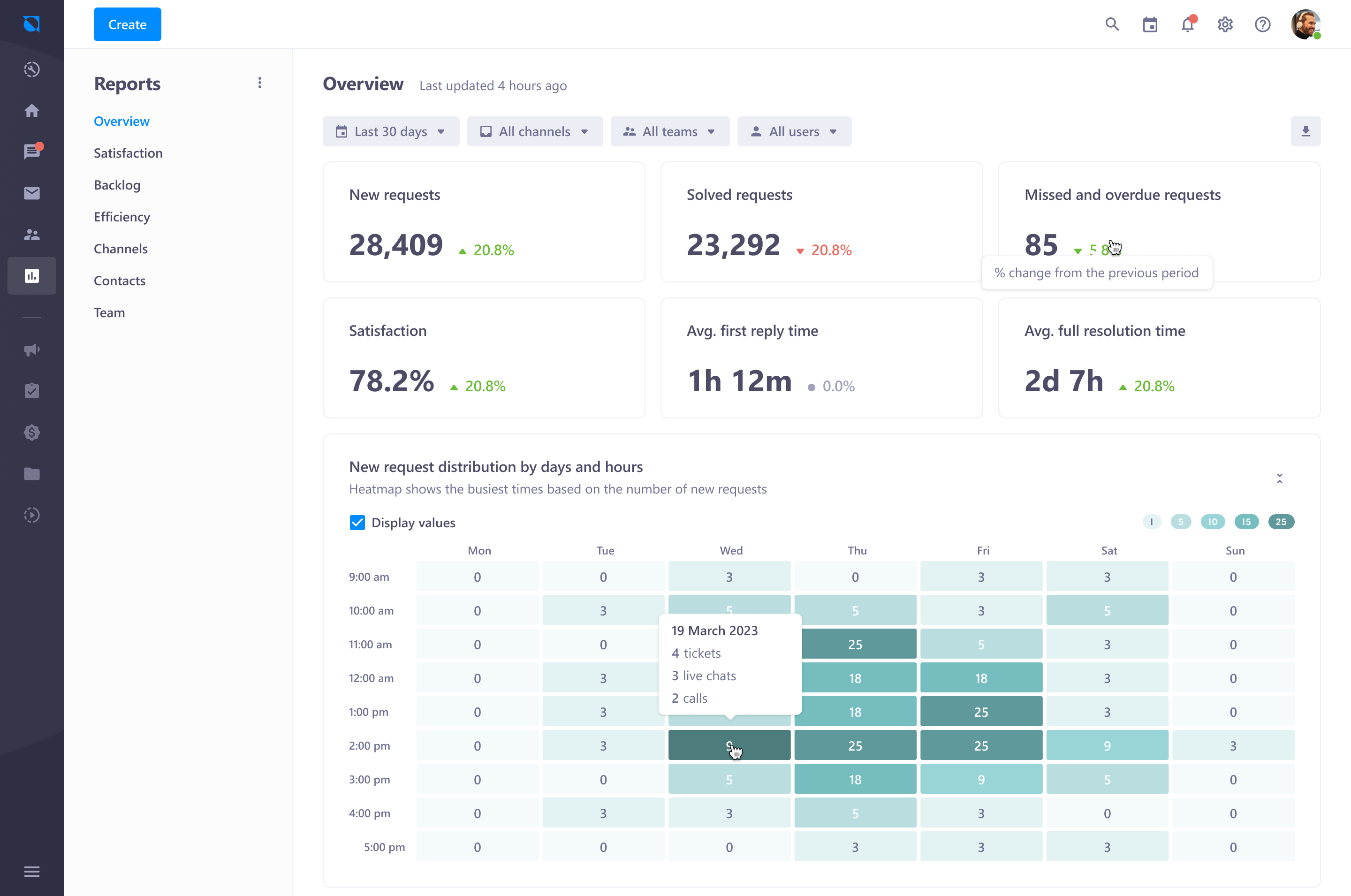The Impact of SLA Response Times on Business Reputation
The Impact of SLA Response Times on Business Reputation
Blog Article
In the present competitive organization landscape, customer support excellence is non-negotiable. Among the essential facets that affect customer care is the Support Stage Contract (SLA) reaction time. SLAs outline the expected time structures within which your team must react to customer inquiries or issues. Declining to generally meet these expectations can result in frustrated clients and damaged reputations. Thus, ensuring your SLA response time meets or exceeds client objectives is important for long-term success.

1. Collection Sensible and Distinct SLA Criteria
Establishing an SLA response time that aligns with equally client expectations and your team's abilities is the very first step. It's vital to establish obvious, measurable benchmarks that are practical yet challenging. Realize your customers' wants, the difficulty of your company, and the assets offered to your support staff before setting these expectations. Aiming your SLA with business standards while contemplating your unique company situation may help ensure you never overpromise and underdeliver.
2. Control Automation for Quicker Result Situations
Automation can considerably improve response time and efficiency. Utilizing ticketing methods, automated mail reactions, and chatbots may quickly recognize customer inquiries, letting your help team to focus on resolving issues more quickly. Computerized workflows may classify and prioritize passes, ensuring that high-priority issues are resolved first, further reducing result times.
3. Check and Enhance Workflow Efficiency
Monitoring your team's efficiency against SLA criteria is critical for sustaining large levels of client satisfaction. Regular tracking of crucial metrics like normal answer time and quality time can disclose inefficiencies in your workflow. Use these insights to streamline procedures, improve reference allocation, and offer extra instruction to support staff. Ensuring your staff has the various tools and information to take care of dilemmas quickly is essential for staying within your SLA reaction time.
4. Apply Tiered Help for Different Complexity Levels
Not all client dilemmas are manufactured equal. By applying a tiered support design, you can allocate assets more successfully, ensuring that more complex dilemmas get the attention they need without impacting answer times for easier inquiries. This method assists keep a stability between rapid answers and thorough problem resolution.
5. Collection Client Expectations with Proactive Interaction
Transparent conversation is crucial to managing client expectations. If a problem will need lengthier to solve because of its complexity, inform the consumer promptly. By giving regular revisions, you show that you're definitely taking care of their problem, which can keep trust even when answer situations are slightly delayed. Setting realistic expectations transparent helps build assurance and decreases frustration.

Realization
Meeting your SLA answer time is essential for client satisfaction and retention. By setting reasonable standards, leveraging automation, optimizing workflows, utilizing tiered support, and sustaining proactive transmission, companies can ensure they regularly meet or exceed customer expectations. The effect is stronger customer associations, improved company delivery, and a aggressive side in the market. Report this page